Click to Skip Ahead
The Fuzzy Lop rabbit is one of the smallest pet rabbit breeds, but they’re also among the most adorable. They’re great rabbits for beginners and have a unique history that’s incredibly interesting to dive into. Whether you’re an experienced rabbit owner or considering getting your first rabbit, a Fuzzy Lop rabbit is a wise choice!
| Size: | Dwarf |
| Weight: | 3.5–4 pounds |
| Lifespan: | 5–8 years |
| Similar Breeds: | Holland Lop and the English Spot |
| Suitable for: |
Beginner rabbit owners, families, and those looking for an indoor rabbit
|
| Temperament: | Playful, friendly, curious, loving, and active |
The Fuzzy Lop rabbit comes from the Holland Lop and the English Spot, but while it originates from those breeds, it has a few unique characteristics that make it a breed all of its own. Fuzzy Lops are adorable, soft, and fluffy, and if you’re looking for an affectionate rabbit, it’s tough to top. They make good pets and get along well with other animals and rabbits, making them an outstanding choice for any home.
Fuzzy Lop Rabbit Breed Characteristics
How Much Do These Rabbits Cost?
While the exact cost of a Fuzzy Lop rabbit will vary depending on your location, the availability of breeders, and the quality of breeder you go with, you can usually expect to spend between $100 and $200 for a fuzzy lop rabbit.
Keep in mind that this is only for the cost of the rabbit, and you’ll still need to purchase their enclosure, bowls, litter box, toys, an animal carrier, and more when getting one. Additionally, you must account for shots and other veterinary expenses when getting a new pet rabbit. Because of that, you can expect to spend $500 on a Fuzzy Lop rabbit.
Temperament & Intelligence of the Fuzzy Lop Rabbit
Fuzzy Lop rabbits are among the most affectionate and friendly pet rabbits you can get. They love attention and always want to spend more time with their owners, especially if you take the time to socialize them properly early on.
They’re a rabbit of average intelligence, so with a little training you should be able to litter box train them and even teach them a few commands, like to come when you call. However, if you’re looking for the most intelligent rabbit breed, the Fuzzy Lop rabbit isn’t it.
Do These Rabbits Make Good Pets? 👪
The Fuzzy Lop rabbit makes a great pet for beginner and experienced rabbit owners. They’re incredibly loving and affectionate, and overall, they’re pretty easy to care for. They need lots of attention, so ensure you have time to spend with them each day before bringing one home.
Keep in mind that the Fuzzy Lop rabbit is sensitive to temperature changes, which is why it might be a good idea to keep them indoors, especially during hot summers or cold winters. But they need plenty of time to run around, so having a fenced-in yard is probably a good idea.
Does This Rabbit Get Along With Other Pets?
Yes! As long as the other pet gets along with the Fuzzy Lop rabbit, the Fuzzy Lop rabbit should get along with them as well. In fact, we highly recommend getting more than one rabbit to keep together, as they’re social creatures that like spending time with others.
Just be careful with them around large pets. The Fuzzy Lop rabbit only weighs about 4 pounds, so if an aggressive cat, dog, or other type of pet goes after them, it can quickly turn fatal.
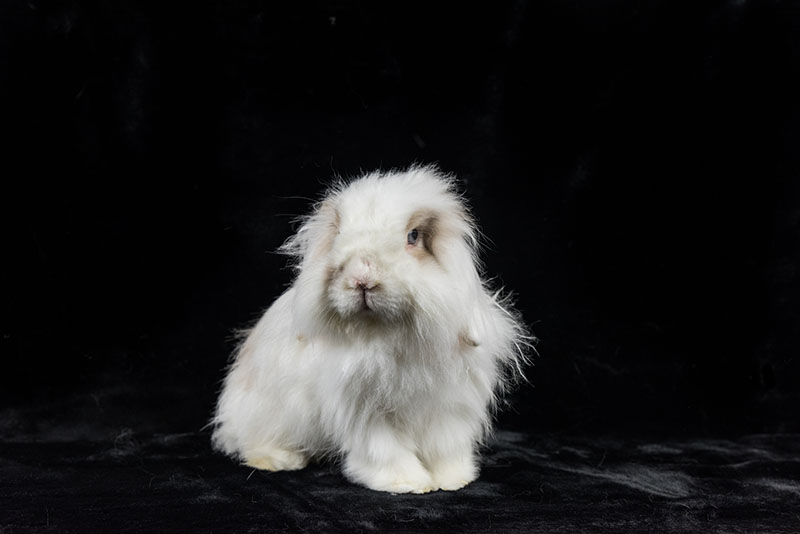
Things to Know When Owning a Fuzzy Lop Rabbit:
If you’re thinking about bringing a Fuzzy Lop rabbit into your home, there are a few things you should know before doing so. That way, you know exactly what you’re getting yourself into and have everything you need to care for them from day one.
Food & Diet Requirements 🥕
The ideal diet for a Fuzzy Lop rabbit consists of three types of foods. First, your rabbit should have constant access to dry roughage, such as hay or straw. They don’t have many digestible nutrients, but they have plenty of fiber and help control your rabbit’s tooth growth.
Next, your rabbit should get most of their nutrients from concentrate feeds, such as commercial pellets. The pellets don’t have a lot of fiber, but they have all the other nutrients a rabbit needs to thrive. When you mix this with hay or straw, your rabbit has all the necessary nutrients they need.
Finally, you can feed your rabbit greens and vegetables, but only as an occasional treat. While people often think that these foods should make up the majority of a rabbit’s diet, rabbits actually struggle to digest them. If they get too much, it can cause gas, diarrhea, and other digestive problems.
Habitat & Hutch Requirements 🏠
Fuzzy Lop rabbits are a smaller breed, and because of this, they don’t need enclosures quite as large as other rabbits. Still, they need a living space of at least 12 square feet, and ideally, this should connect to an open exercise space of at least 32 square feet.
Keep in mind that this is for one Fuzzy Lop rabbit. If you’re housing more than one rabbit, they need even more space. We recommend adding 12 square feet of living space and 32 square feet of activity space for each additional rabbit. Also, ensure the hutch is large enough for them to stretch out.
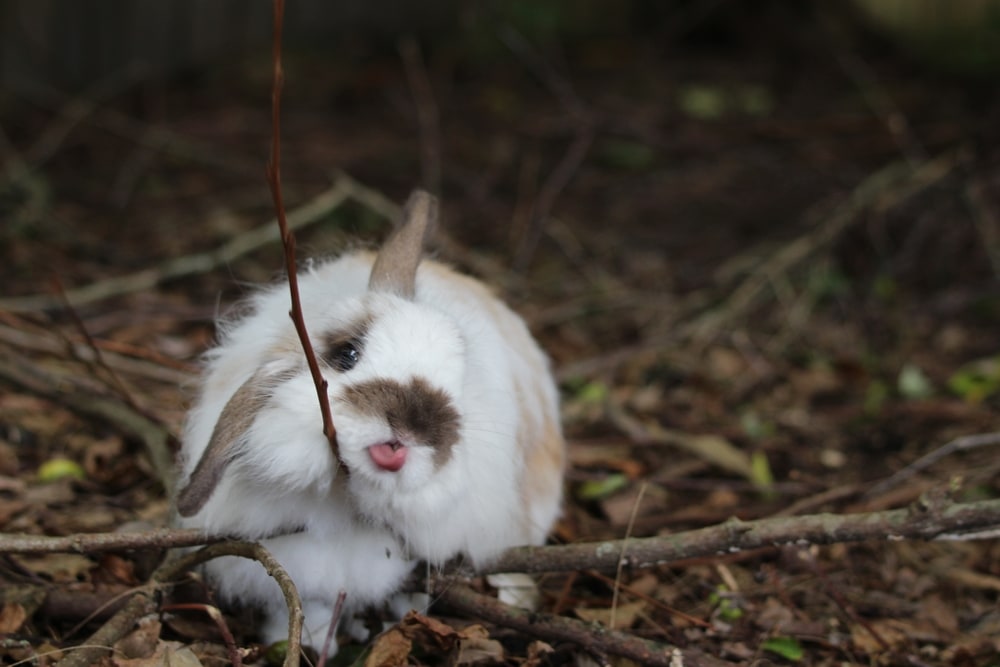
Exercise & Sleeping Needs 🐇
Fuzzy Lop rabbits need at least 8 hours of sleep each day, and from there, they need plenty of space to run around and stretch their legs. They should have constant access to an exercise enclosure where they can hop around, and they should be able to get out of the enclosure and into a larger area at least once each day.
For the most part, a Fuzzy Lop rabbit will bounce and move around enough to meet their exercise needs if they have the available space, but it’s still a good idea to incentivize them to move around by playing with them or giving them a few toys they might like.
Training 🥎
Fuzzy Lop rabbits aren’t the easiest pet animal to train, but that doesn’t mean it’s impossible! You can train them to complete a few basic commands. They’ll usually litter-train themselves in a small part of their hutch, and you can often teach them their name.
Grooming
Fuzzy Lop rabbits are extremely fastidious groomers, so you usually don’t need to do much to keep up with their coats. This is a little different when they’re molting, but even then, you should be able to handle everything simply by gently running your fingers through their fur.
If your rabbit needs a bath, we highly recommend spot-cleaning the affected area with a wet rag, as a full-blown bath is far too stressful for them.
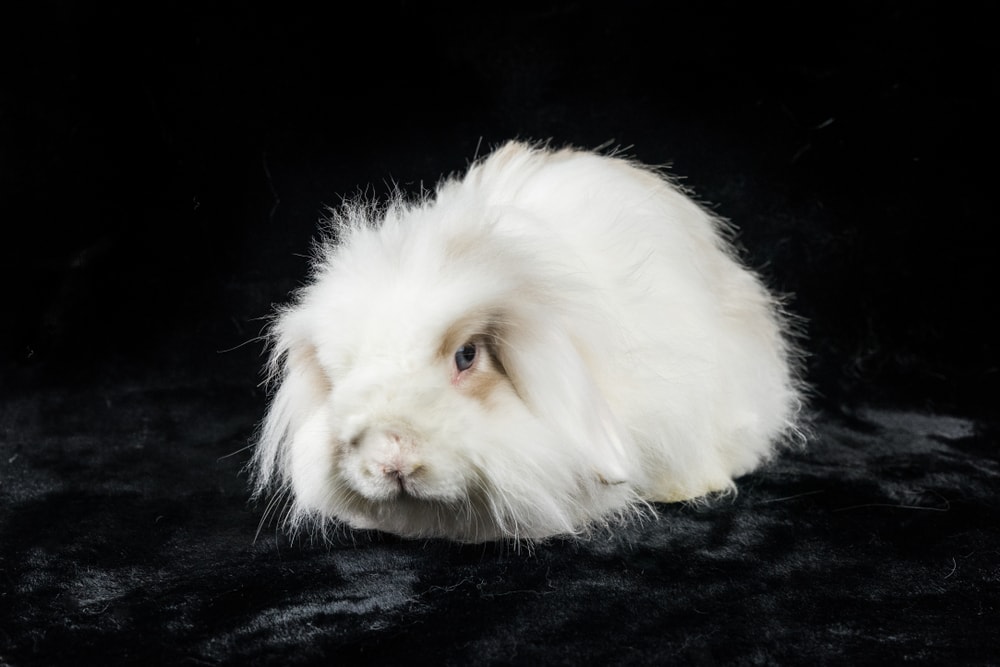
Lifespan & Health Conditions 🏥
While Fuzzy Lop rabbits in captivity live longer than those in the wild, they still have a shorter lifespan than many other pet rabbits. They typically live between 5 and 8 years, and one of the best things you can do to extend their lifespan is to give them a companion.
Overall, the Fuzzy Lop rabbit doesn’t have many health concerns that you need to worry about. However, they have typical rabbit concerns like wool block, worms, and tooth and nail overgrowth you need to stay on top of.
- Tooth and nail overgrowth
- Wool block
- Worms
Male vs Female
While male and female rabbits are similar in quite a few ways, there are a few things you should be aware of. For starters, female Fuzzy Lops are smaller than the males, but since both rabbits are already so small, you might not notice much of a difference.
Personality-wise, male rabbits are a little more easy-going and laid back, but since Fuzzy Lop rabbits are so sweet and loving, this isn’t a huge deal with this breed. As long as you socialize them properly and spend plenty of time with them, you shouldn’t have any concerns with either males or females.

3 Little-Known Facts About Fuzzy Lop Rabbit
1. They Became a Recognized Breed in 1988
To become a recognized rabbit breed with the American Rabbit Breeder Association (ARBA), a rabbit must go through multiple conventions and pass the standards each time. While there were some ups and downs with the Fuzzy Lop rabbit, they officially completed the process in 1988 and earned formal recognition.
2. They’re an American Breed
While some animals have origins all over the world, the Fuzzy Lop rabbit has a uniquely American history. Patty Greene-Karl, Gary Fellers, Kim Landry, and Margaret Miller were among the breed’s early breeders. Patty Greene-Karl determined the fuzzy gene was recessive and bred specifically for this trait.
3. They Come From Holland Lops and English Spots
Holland Lops and English spots are the two parent breeds of the Fuzzy Lop rabbit. Holland Lops only came in solid colors, and many breeders wanted spotted patterns on them, so they bred them with the English Spot. This was the beginning of Fuzzy Lop rabbits, but it took a while for them to develop into the rabbits you see today.
Final Thoughts
Now that you know a little more about the Fuzzy Lop rabbit, it’s up to you to decide if one is the right choice for you. They make great pets and are super loving, but ensure you have the time, energy, and money to care for them for the next 10 years before you decide to bring one home.
No matter what, they’re adorable rabbits, so they’re fun to hang out with, even if you’re not bringing one home to add to your family!
Featured Image Credit: Monica Harms, Shutterstock
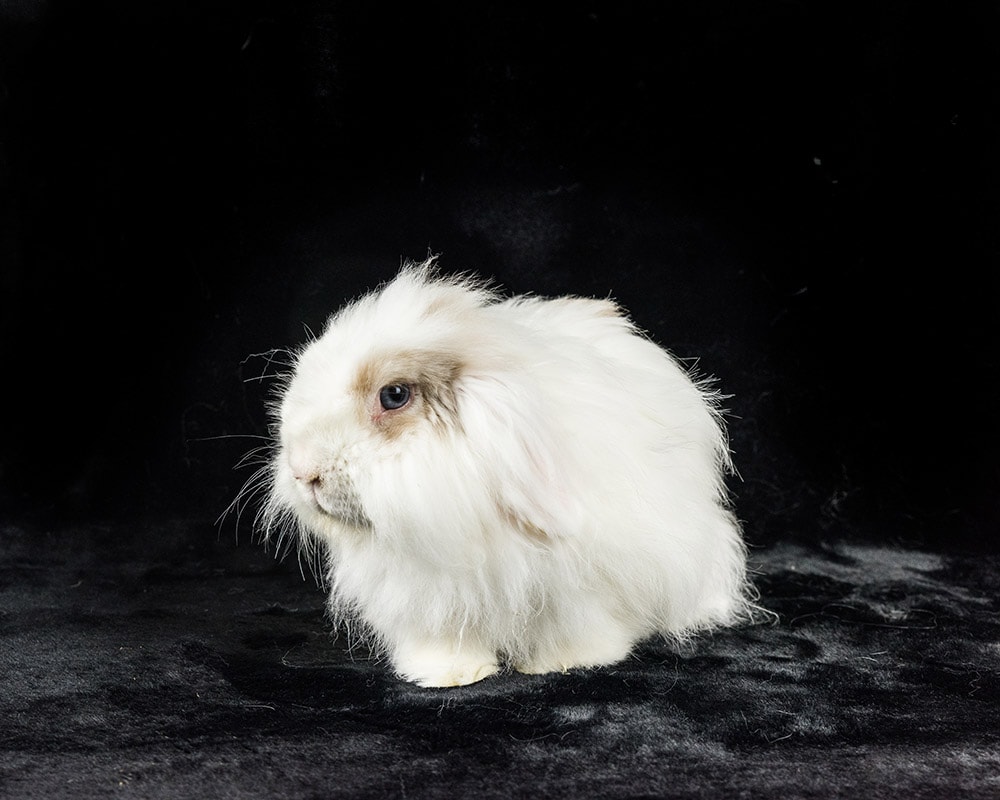






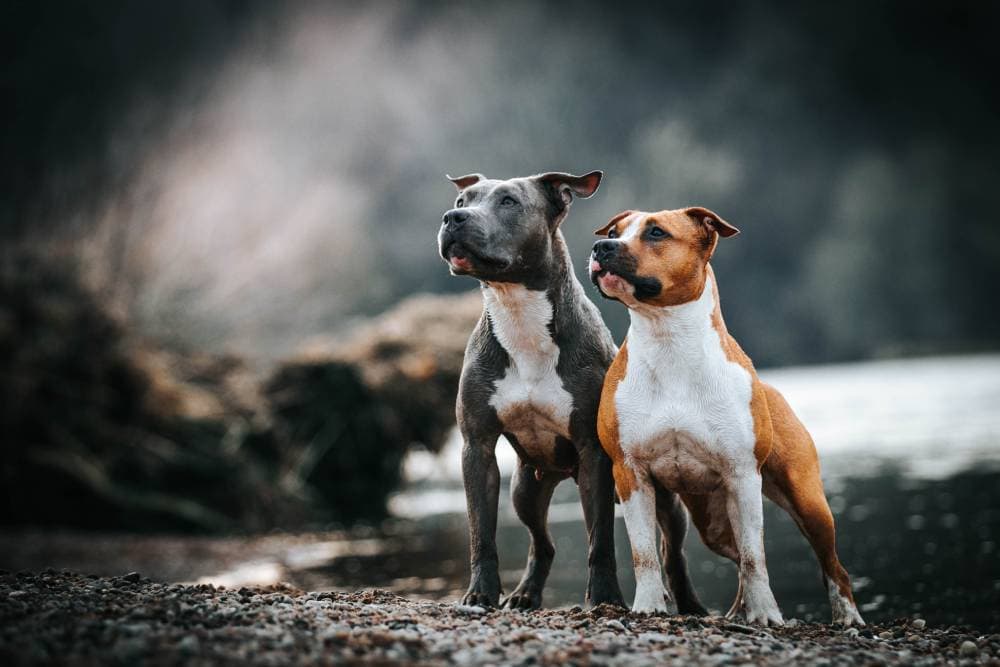




2 Responses
this website has a lot more info than most sites
Hello there,
thank you for your lovely feedback! We always try to provide our readers with the most helpful and complete info, no matter the topic, so it is great to see we were able to deliver. Thank you for reading PangoVet!